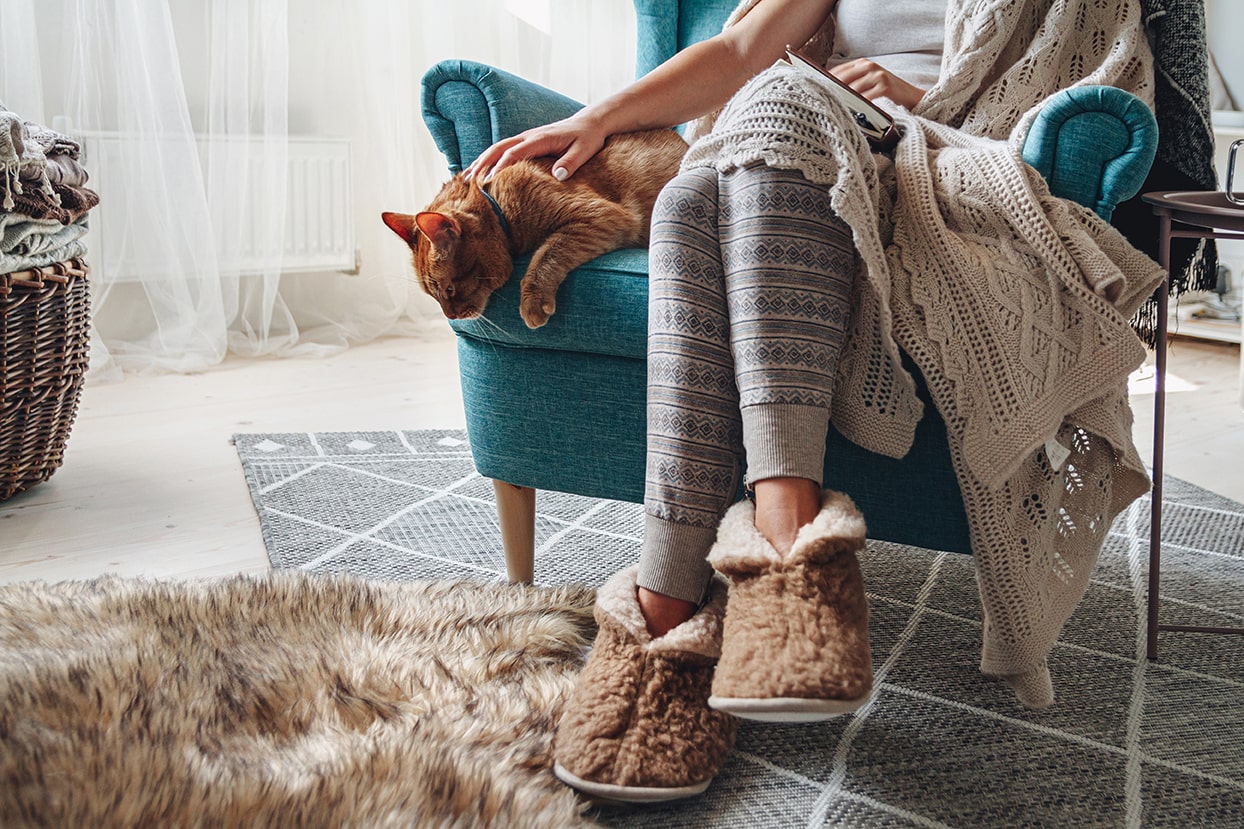As winter approaches, the demand for warmth, comfort, and energy savings becomes a top priority for homeowners. With the rise of smart home technology, traditional furnaces are being replaced by intelligent, energy-efficient systems that adapt to your lifestyle. In this guide, we explore how to choose the best smart furnace for your home in 2025, offering insights that will help you save money, stay cozy, and integrate seamlessly with your smart devices.
What Is a Smart Furnace?
Benefits of a Smart Furnace:
- Remote temperature control via smartphone
- Automated scheduling and learning algorithms
- Predictive maintenance alerts
- Integration with smart home systems (Alexa, Google Home)
- Reduced energy bills
How Much Can I Save with a Smart Furnace?
How to Choose the Right Furnace Size?
Key Factors for Sizing:
- Square footage of your home
- Insulation quality
- Number and type of windows
- Local climate in Maryland
Pro Tip: Work with HVAC professionals who use Manual J load calculations or AI-powered tools to ensure optimal sizing.
Fuel Types: Gas vs. Electric vs. Hybrid Systems
1. Gas Furnaces
- Best for colder climates
- Lower operating costs
- Requires venting and gas line
2. Electric Furnaces
- Easy to install
- Higher energy bills in cold regions
- No combustion, safer for indoor air
3. Hybrid Systems (Heat Pump + Gas Furnace)
- Switches fuel sources based on temperature
- Ideal for energy-conscious homeowners
- Uses AI to optimize heating cycles
Smart Features of Smart Furnaces That Make a Difference
1. Zoned Heating: Smart furnaces can divide your home into heating zones, directing warmth only where it’s needed. This helps avoid energy waste and increases comfort.
2. AI-Powered Learning: AI algorithms track your usage patterns and adjust settings automatically for maximum comfort and efficiency.
3. Voice Control Integration: Use voice commands to adjust settings via Alexa or Google Assistant.
4. Real-Time Diagnostics: Your furnace can alert you or your HVAC technician to issues before they become costly repairs.
Furnace Maintenance Tips for Longevity
DIY Checklist:
- Change air filters every 1–3 months
- Inspect the thermostat settings
- Keep vents and ducts clean
- Check for unusual noises or odors
AI Advantage: Smart systems provide reminders and notify you of performance drops. Some even connect directly with your service provider for remote diagnostics.
Top Smart Furnace Brands to Consider in 2025
- Trane XC95m: Modulating gas valve, ComfortLink II communicating technology
- Carrier Infinity Series: High AFUE ratings and smart thermostat compatibility
- Lennox SLP99V: Precise Comfort technology, variable-speed motor
Conclusion
FAQs
Q1. What is the average lifespan of a smart furnace?
Most smart furnaces last 15–20 years with proper maintenance.
Q2. Can I install a smart thermostat with my current furnace?
Yes, many smart thermostats are compatible with older systems, but some advanced features may require a newer model.
Q3. Do smart furnaces work during power outages?
Like traditional furnaces, smart systems require power. Consider a backup generator for uninterrupted operation.
Q4. Is it worth upgrading to a smart furnace in 2025?
Absolutely. With rising energy costs and rebate programs, a smart furnace can offer fast ROI through energy savings.
Q5. Can smart furnaces connect to other smart home devices?
Yes, most models integrate with Alexa, Google Home, or Apple HomeKit.


 855-410-TECH(8324)
855-410-TECH(8324) APPLY FOR FINANCING
APPLY FOR FINANCING